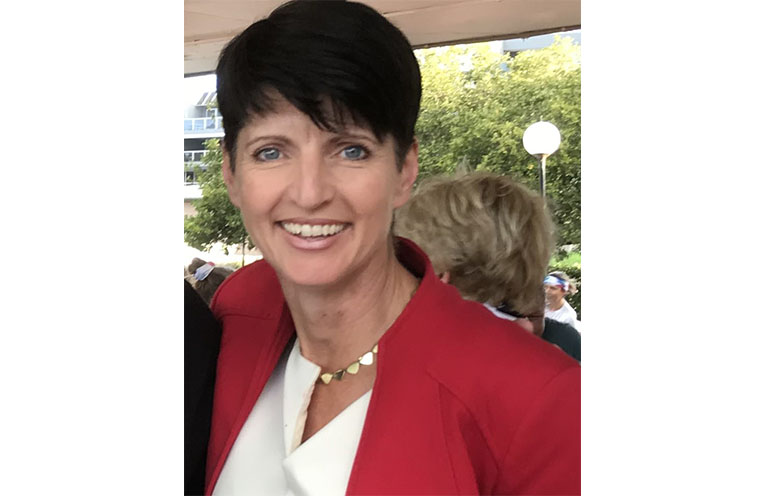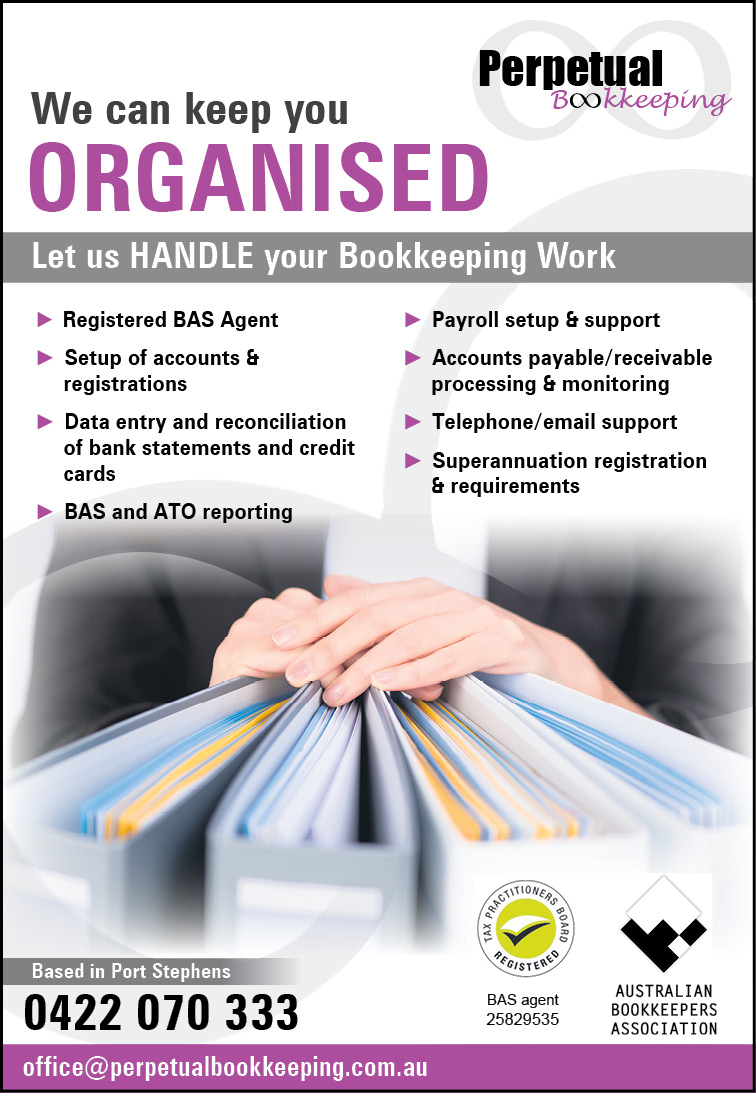
CONCERNS have been raised around the potential sale of 615 lots of land within the Port Stephens Local Government Area.
This comes off the back of a newly launched Government Property Index which lists all land owned by the NSW State Government.
The index includes National Parks, Crown land including foreshore spaces in Port Stephens, such as the parkland on Beach Road at Little Beach.
 Advertise with News of The Area today.
Advertise with News of The Area today.It’s worth it for your business.
Message us.
Phone us – (02) 4981 8882.
Email us – media@newsofthearea.com.au
Member for Port Stephens Kate Washington told News Of The Area, “Prior to the 2019 state election, Premier Berejiklian promised on national television that there would be no more privatisations.
“She said ‘No, no, no, and if we were we would have told you’.
“The Premier has broken that promise.
“And now, 615 parcels of public land in Port Stephens have appeared on a government website seeking privatisation proposals.
“Local school grounds are on the list.
“Precious public foreshore land is on the list.
“Parts of our local cemeteries are on the list.
“It’s a disgrace.
“Our community will never forget the Government’s terrible track record selling Mambo Wetlands to a property developer for $250,000, then being forced to buy it back for twice the price.
“This week in Parliament I sent a clear message to the Government: we simply will not put up with this.
“Port Stephens is not for sale.”
Parliamentary Secretary for the Hunter Taylor Martin told News Of The Area, “This claim that there are 615 parcels of public land for sale in Port Stephens is just plain wrong, and the Labor party are lying to the public.
“Kate Washington is peddling another scare campaign.
“The Government Property Index is an online portal where the community is able to search for NSW Government-owned property and planning-related information in one online location.
“The public deserve to know what land in their area is public space and making this information accessible is simply about transparency.
“This increases transparency on what the government owns, and encourages more ideas on how the land could be better utilised.
“For example, a Community Housing Provider might use the tool to identify latent government land which could be suitable for more housing to support vulnerable people.
“Or a community group might identify an unused property which would be better utilised as a community hall.
“Having community input in regards to government land use is welcomed by our Government – even if putting this information in the public domain gives rise to a false Labor scare campaign,” he said.
Perhaps this list is an opportunity for the community to identify land such as the hard fought for Mambo Wetlands parcel and to seek protections rather than having to fight for a future buyback.
By Marian SAMPSON
